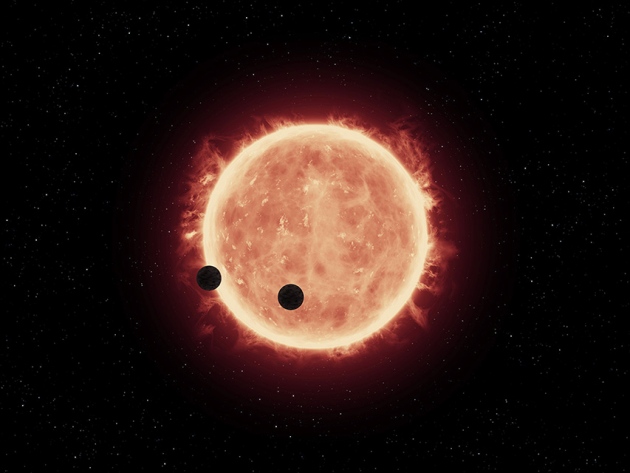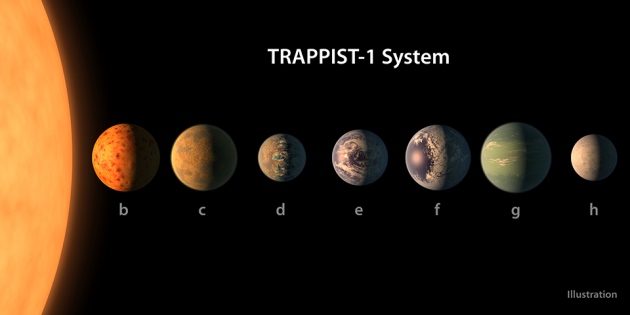Recent American news events range from horrifying to dystopian, but reading the applications of our fast.ai international fellows brought me joy and optimism. I was blown away by how many bright, creative, resourceful folks from all over the world are applying deep learning to tackle a variety of meaningful and interesting problems. Their passions range from ending illegal logging, diagnosing malaria in rural Uganda, translating Japanese manga, reducing farmer suicides in India via better loans, making Nigerian fashion recommendations, monitoring patients with Parkinson’s disease, and more. Our mission at fast.ai is to make deep learning accessible to people from varied backgrounds outside of elite institutions, who are tackling problems in meaningful but low-resource areas, far from mainstream deep learning research.
Our group of selected fellows for Deep Learning Part 2 includes people from Nigeria, Ivory Coast, South Africa, Pakistan, Bangladesh, India, Singapore, Israel, Canada, Spain, Germany, France, Poland, Russia, and Turkey. We wanted to introduce just a few of our international fellows to you today.
Source: Deep Learning: Not Just for Silicon Valley · fast.ai


